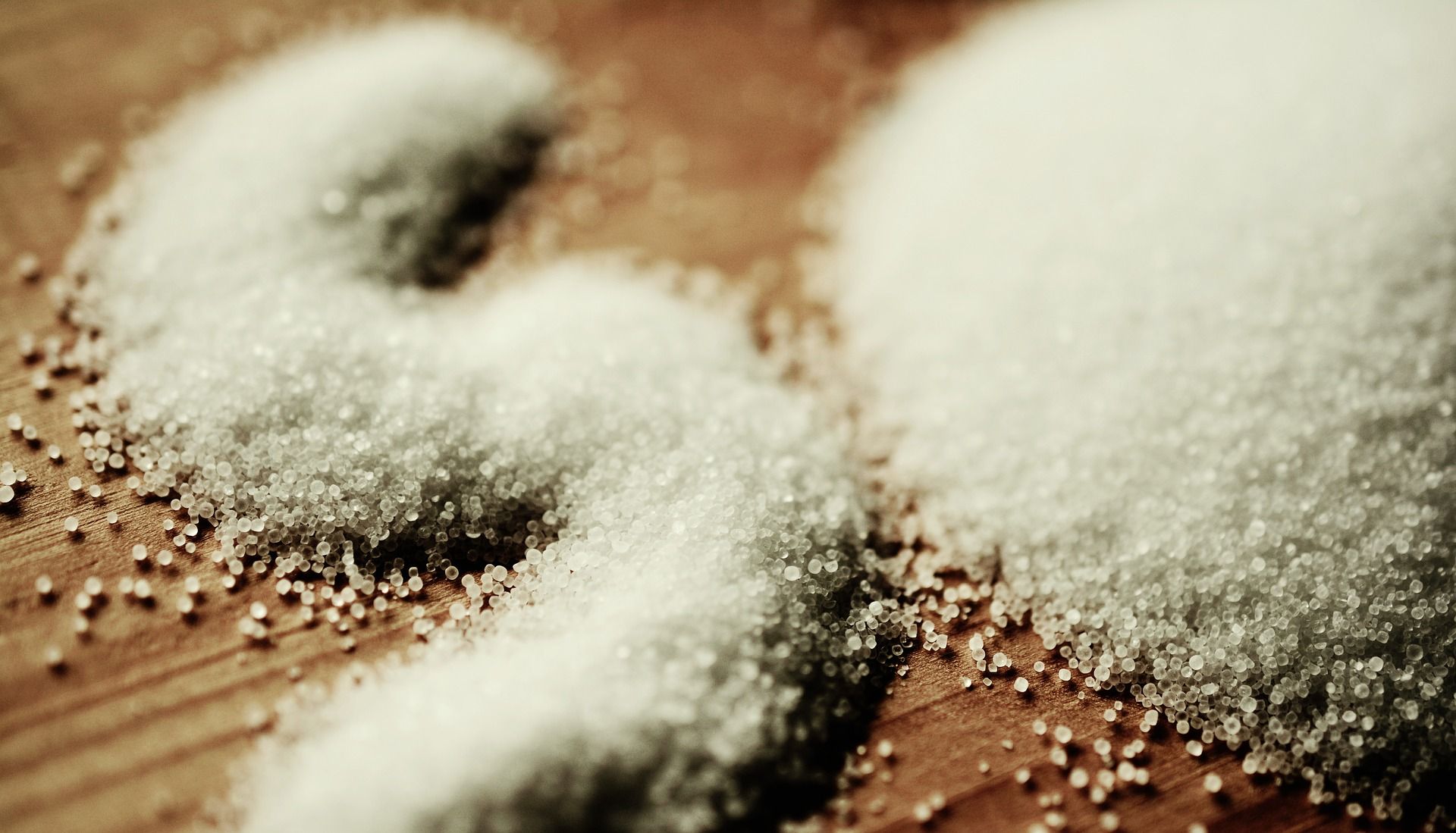From the oldest records of humanity, we have seen the importance of salt in the development of civilization. From its use in food, through religious rites, to modern industrial uses. Salt is one of the most important components in the world, and here we briefly explain some basic aspects of this important product.
Pliny stated that "it is not possible to conceive of a civilized life without the production and use of salt."
The word "salary" comes from the Latin "salarium", which was the amount of salt that was given as payment to legionaries to preserve their food. Salt became so important in Roman society that edicts were issued for its use, distribution, etc.
Salt, what is it?
Mineral compound whose formula is NaCl (Sodium Chloride). Salt is a mineral that exists in abundance on the planet, in fact, it is the only edible rock in nature.
There are three methods used to produce salt: solar, evaporation and rock mining.
◾ Solar evaporation is the oldest method of salt produtciton and has been used since salt crystals were first noticed in trapped pools of sea water.
◾ Vacuum evaporation method provides a very high purity salt, and is done in large commercial evaporatedos (vacuum pans).
◾ Rock Salt mining methods (underground mining) is the most “dramatical” method of gathering salt. Large machines travel through vast cave-like passageways performing various operations.
Rock salt (halite) is salt left behind by the primordial oceans millions of years ago when lagoons dried out. These layers of salt were covered by rock formations, so they are located underground or inside mountains. The majority of the world’s salt is obtained from underground or open-cast mining. This is made possible thanks to modern mechanical mining technology.
For this article we will focus on obtaining a mineral by pulverization.
With this method of extraction, the salt is obtained from minerals extracted from salt flats or shallow or medium-depth mines. This mineral is called halite and it is usually extracted in two forms: saline mud or in the form of a rock-mineral. The extracted rocks are usually pulverized by mechanical means.
Extraction and pulverization are mechanical methods used in the extraction and processing of salt. To these processes we add the screening or compaction process (depending on the use that will be given to the salt), transport in bands and packaging for transport and final sale.
Without a doubt, the process of extraction and industrial use of salt requires very specific knowledge since salt is an extremely corrosive mineral.
20% of the total losses in the salt processing industries are due to the corrosion of the systems and machinery used. Therefore, there are experts in the industry specialized in attending to these processes and designing materials that are more resistant to oxidation.
In a "normal" mining salt extraction process, these are the processes involved.
Conveyor belt, Centrifuge, receiving hopper, Dryer cylinder, Conveyor belt, Hammer mill, Sprayer, Burner cylinder, Cooler cylinder, Vibrating sieve, Packaging machine, among others.
It is in this system of salt production processes, or in a specific process or machinery, that Triangular-POD can be a high-value tool. We work with experts in the industry specialized in attending to these processes and also with those designing materials that are more resistant to oxidation

